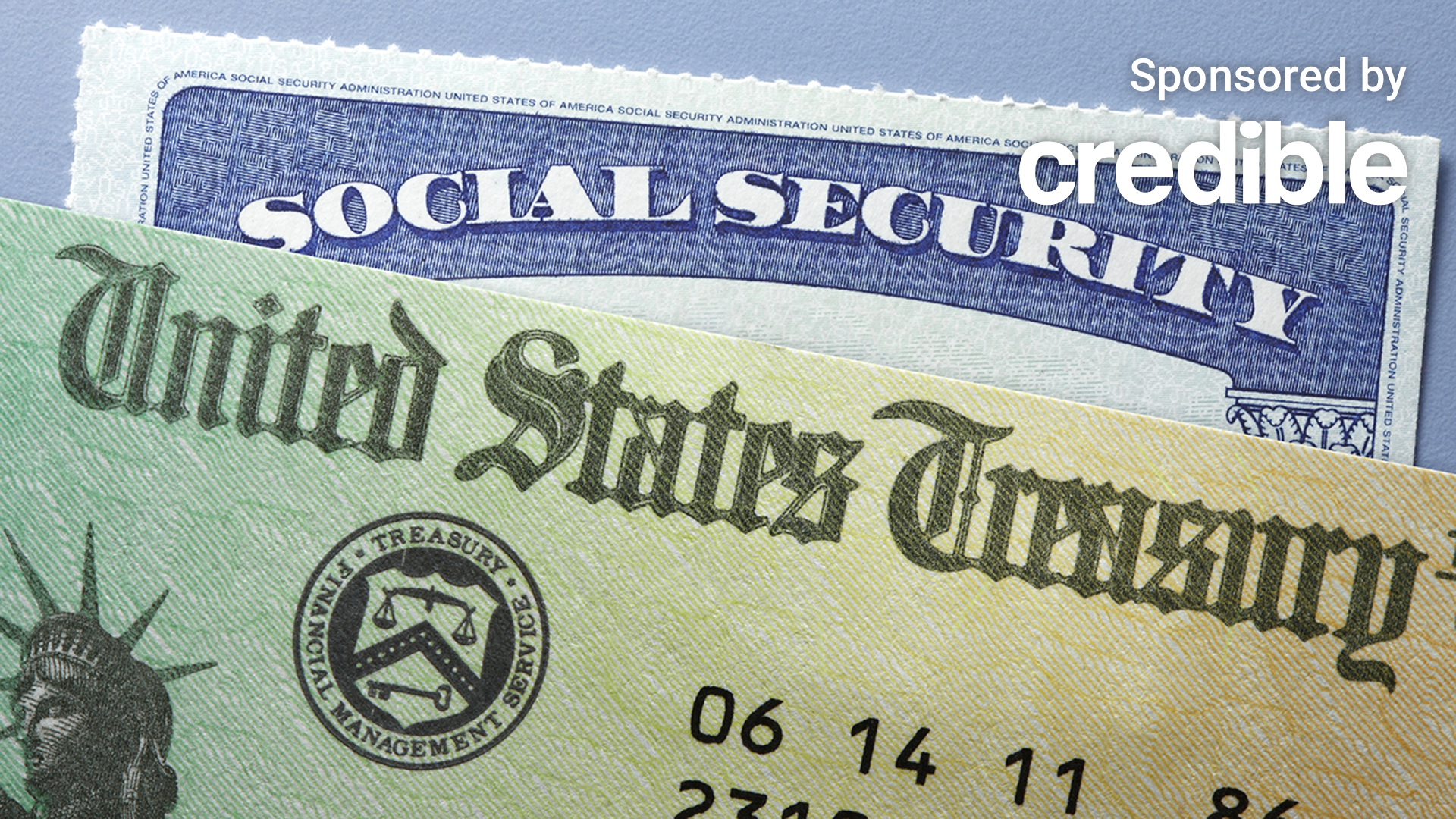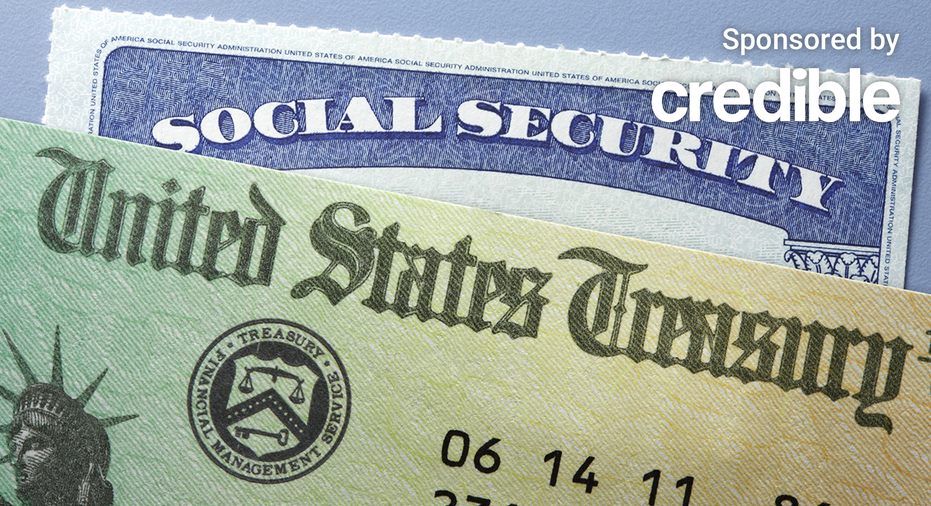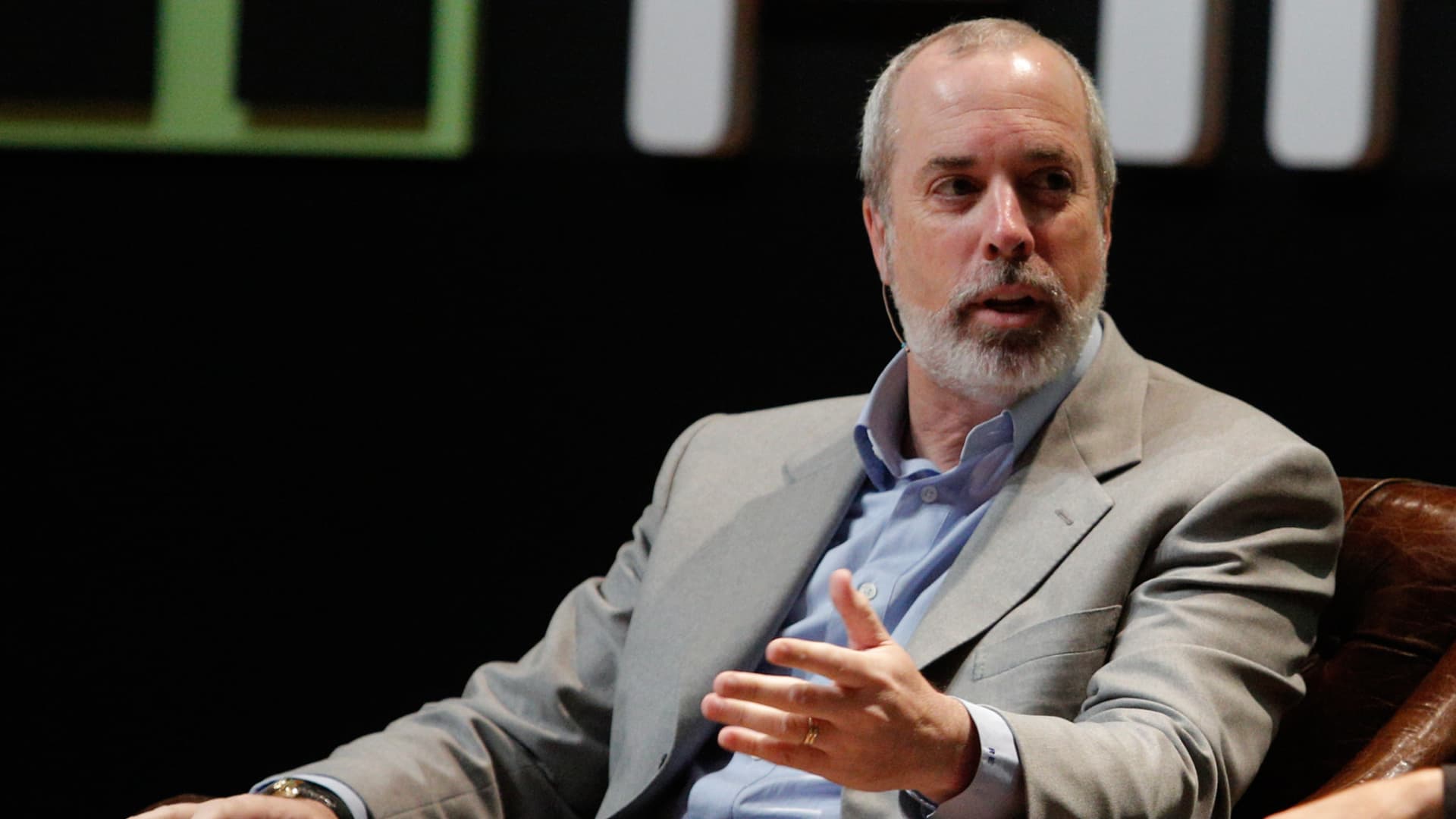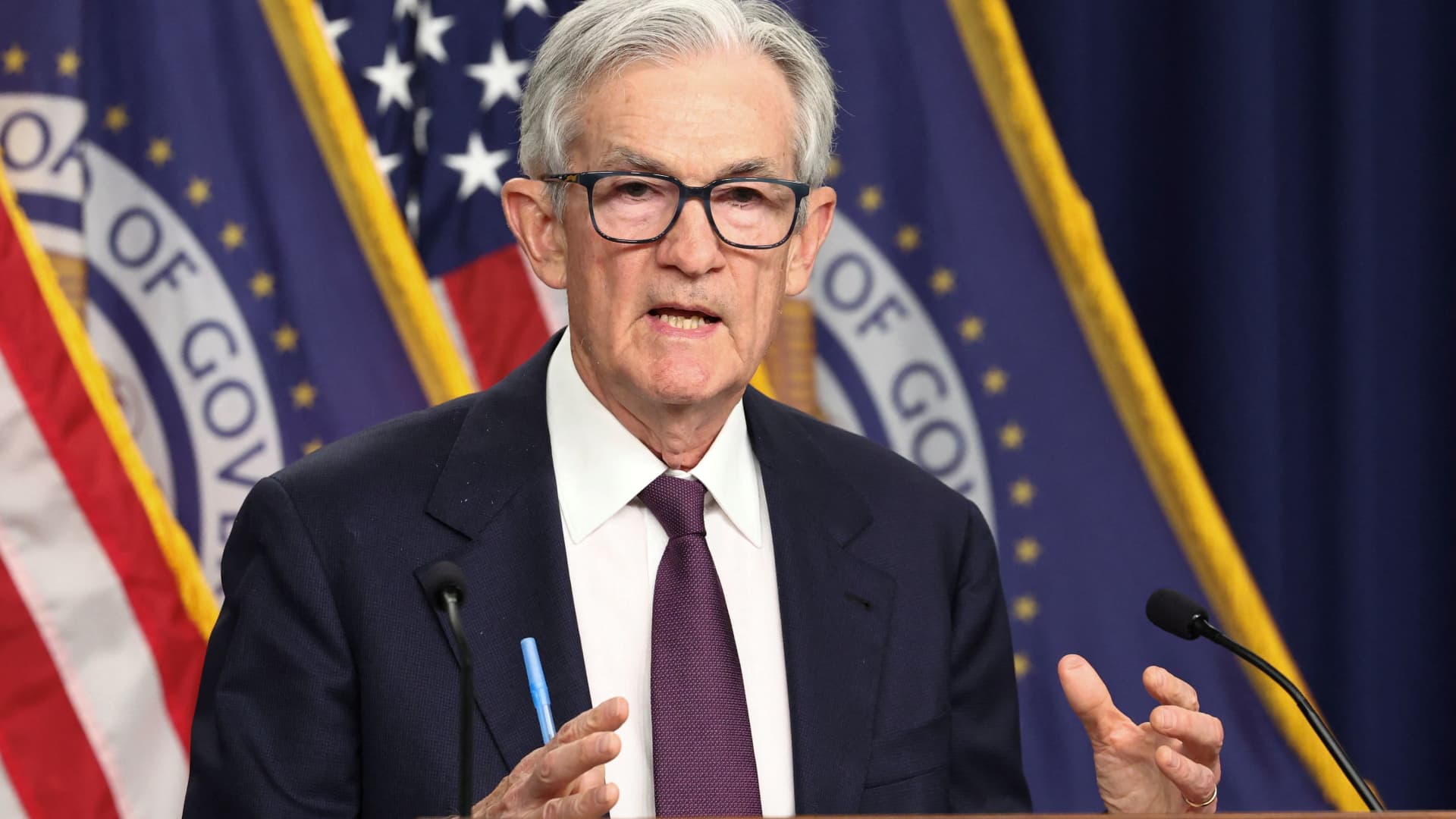The Social Security Administration is capping clawbacks to 10% of benefits checks instead of 100%. (iStock)
The Social Security Administration (SSA) is capping clawbacks of benefit overpayments at 10% of benefits checks instead of 100% after being criticized for draconian repayment plans that left some beneficiaries destitute.
Social Security Commissioner Martin O’Malley said in a statement that the agency would cease “the heavy-handed practice of intercepting 100% of an overpaid beneficiary’s monthly Social Security benefit” if they failed to respond to a demand for repayment. Additionally, the Social Security Administration will extend repayment plans to 60 months, up from its limit of 36 months, giving recipients an additional two years to repay the money.
The changes come after reports at the end of 2023 indicated that some Social Security and Supplemental Security Income (SSI) recipients had seen their benefits suspended or were assessed overpayments due to COVID-19 stimulus checks, worth up to $3,200 per individual or $6,400 per married couple. However, these payments, made between April 2020 and July 2021, were supposed to be independent of Social Security benefits.
“For 88 years, the hard-working employees of the Social Security Administration have strived to pay the right amount, to the right person, at the right time,” O’Malley said. “And the agency has done this with a high degree of accuracy over a massive scale of beneficiaries. But despite our best efforts, we sometimes get it wrong and pay beneficiaries more than they are due, creating an overpayment.
“When that happens, Congress requires that we make every effort to recover those overpaid benefits,” O’Malley continued. “But doing so without regard to the larger purpose of the program can result in grave injustices to individuals, as we see from the stories of people losing their homes or being put in dire financial straits when they suddenly see their benefits cut off to recover a decades-old overpayment, or disability beneficiaries attempting to work and finding their efforts rewarded with large overpayments. Innocent people can be badly hurt. And these injustices shock our shared sense of equity and good conscience as Americans.”
If you’re having trouble saving for retirement, you could consider paying down high-interest debt with a personal loan at a lower interest rate. Visit Credible to compare your options without affecting your credit score.
SOCIAL SECURITY: COLA INCREASING BUT MEDICARE COSTS RISING TOO IN 2024
Overpayments overhaul includes other changes
The SSA also plans to reframe its guidance and procedures so that the burden of proof shifts away from the claimant in determining whether there is evidence that the claimant was at fault in causing the overpayment.
The agency also wants to make it easier for people to request a repayment waiver in case they believe they weren’t at fault or are unable to pay. To qualify, Social Security beneficiaries would only need to provide a verbal summary of their income, resources and expenses, and recipients of the means-tested SSI program would not need to provide even this summary.
The changes are part of the overhaul the SSA announced last year after coming under congressional scrutiny over the amount of overpayments it made. The SSA pays $1.4 trillion in benefits to more than 71 million people annually and gets it right in most instances. However, in 0.5% of cases, beneficiaries may have received overpayments of Social Security benefits. That number rises to 8% for overpayments of the Supplemental Security Income (SSI) program. The agency is required by law to adjust benefits or recover debts.
If high-interest debt is getting in the way of your retirement savings, you could consider paying it down with a personal loan at a lower interest rate. Visit Credible to get your personalized rate in minutes.
AMERICANS LIVING PAYCHECK TO PAYCHECK OWN 60% OF CREDIT CARD DEBT: SURVEY
Keep more of your benefits in these states
More Social Security recipients may owe taxes on their benefits for the first time this tax season, according to the Senior Citizens League (TSCL).
In fact, 23% of survey participants who received Social Security for three years or more said they paid tax for the first time during the 2023 tax season. This percentage will likely increase this tax season because of the 8.7% COLA increase in 2023.
Social Security benefits are taxed when incomes exceed $25,000. Since the tax became effective in 1984, this fixed threshold has never been adjusted for inflation. Up to 85% of Social Security benefits can be taxable when income exceeds certain thresholds.
However, Alaska, Florida, Nevada, South Dakota, Tennessee, Texas, Washington and Wyoming have no income tax, which means that Social Security retirement benefits aren’t taxed at the state level, according to a recent AARP report.
If you are retired or are preparing to retire, paying down debt with a personal loan can help you reduce your interest rate and monthly expenses. You can visit Credible to compare multiple personal loan lenders in one place and choose the one with the best interest rate for you.
SECURE 2.0: OPTIONAL PROVISIONS KICK IN TO HELP RETIREMENT SAVERS WITH EMERGENCIES AND STUDENT LOAN DEBT
Have a finance-related question, but don’t know who to ask? Email The Credible Money Expert at [email protected] and your question might be answered by Credible in our Money Expert column.

 Finance1 week ago
Finance1 week ago
 Finance1 week ago
Finance1 week ago
 Economics1 week ago
Economics1 week ago
 Accounting1 week ago
Accounting1 week ago
 Economics1 week ago
Economics1 week ago
 Economics1 week ago
Economics1 week ago
 Economics1 week ago
Economics1 week ago
 Economics7 days ago
Economics7 days ago















